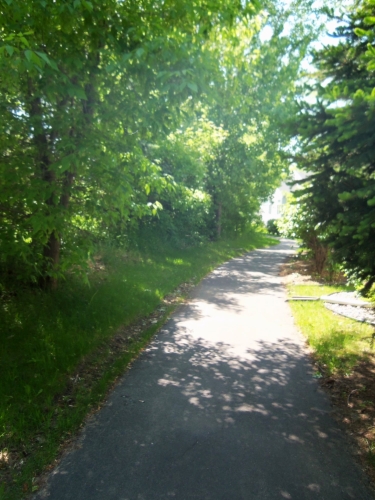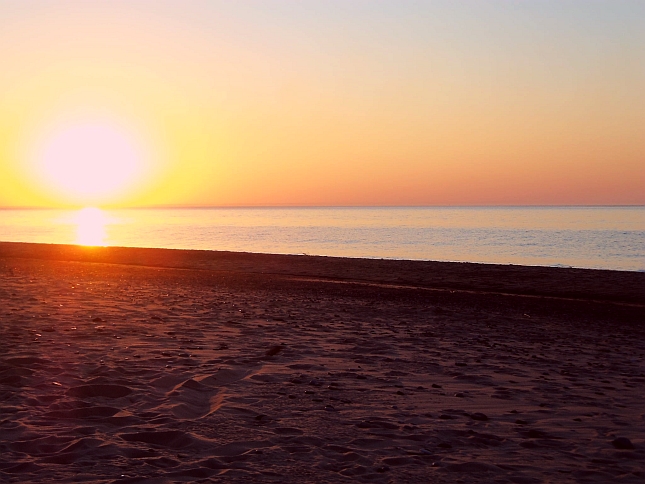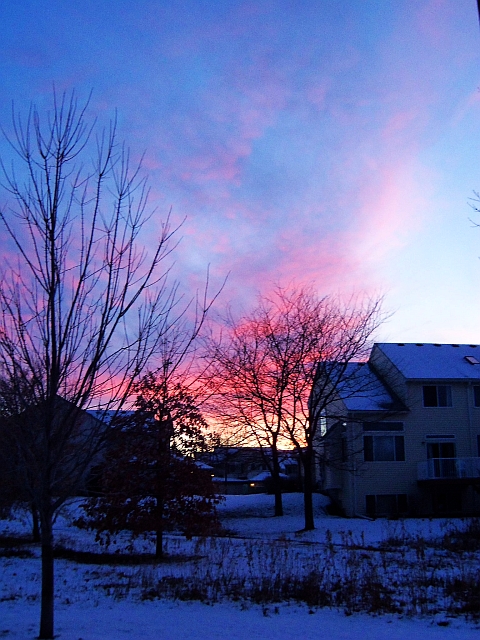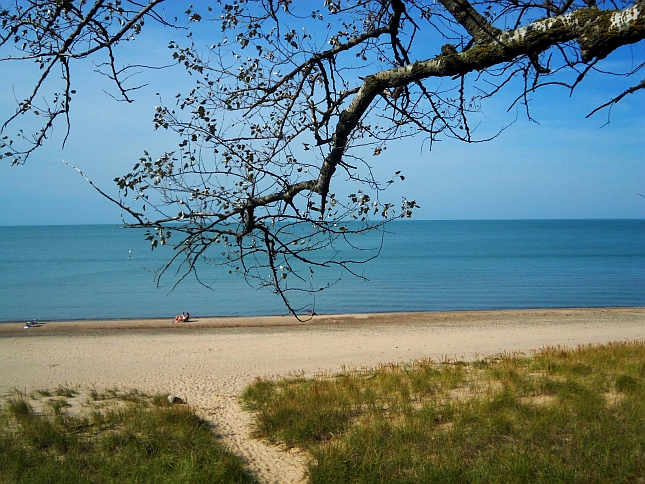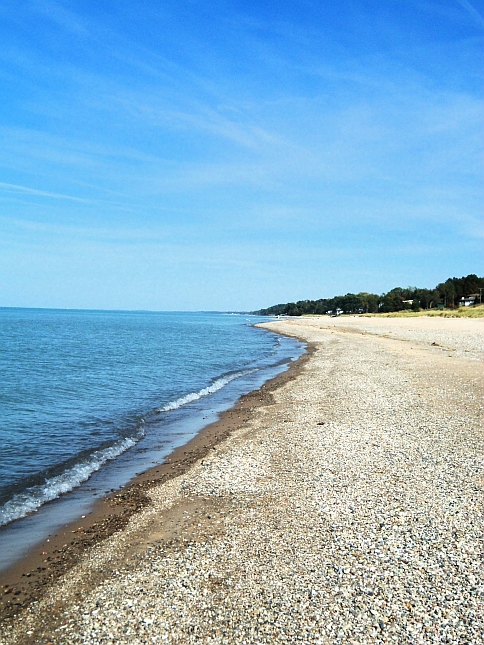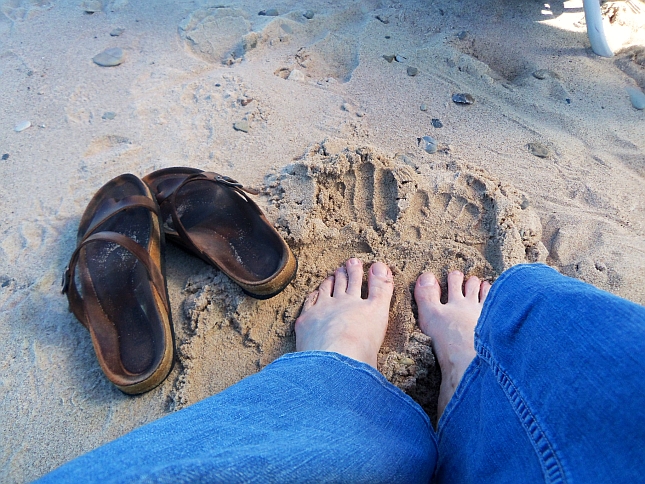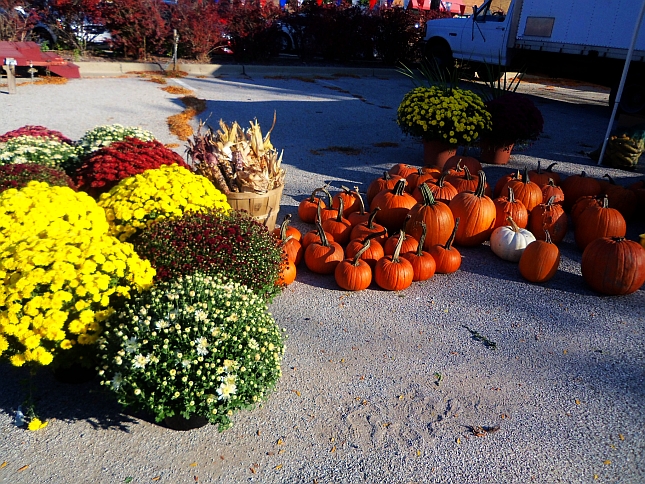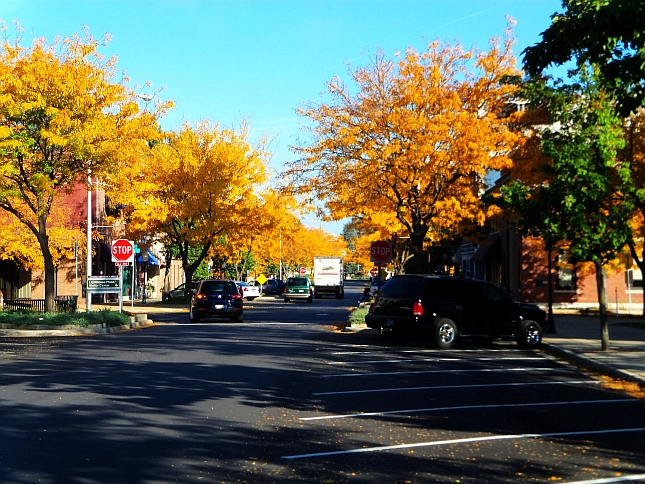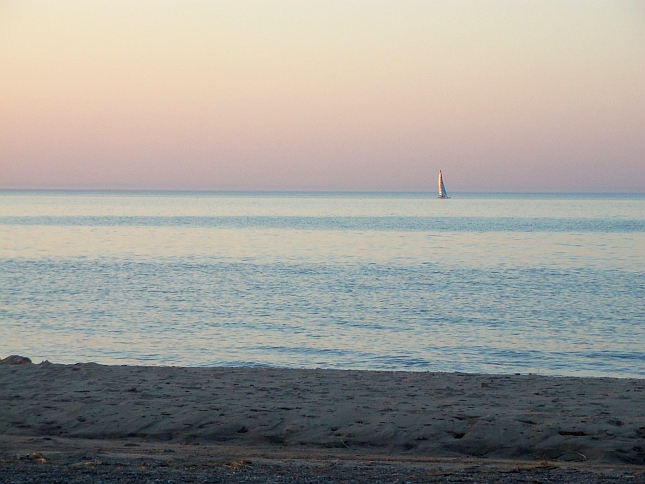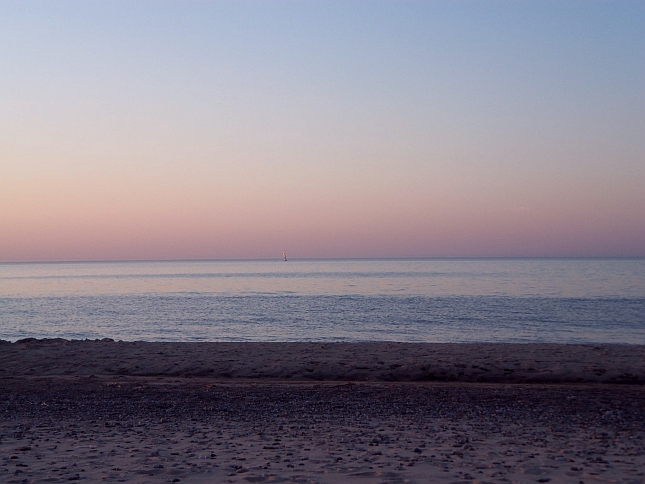
Unplug. Take a technology vacation, a technology break, a technology hiatus. Disconnect. Do it for a week. Do it for a day or like Nick Bilton, do it for thirty minutes a day. Just do it.
Learn to connect in a different way. Pico Iyer did it. He calls it the Joy of Quiet in his New York Times article, writing:
MAYBE that’s why more and more people I know, even if they have no religious commitment, seem to be turning to yoga, or meditation, or tai chi; these aren’t New Age fads so much as ways to connect with what could be called the wisdom of old age. Two journalist friends of mine observe an “Internet sabbath” every week, turning off their online connections from Friday night to Monday morning, so as to try to revive those ancient customs known as family meals and conversation. Finding myself at breakfast with a group of lawyers in Oxford four months ago, I noticed that all their talk was of sailing — or riding or bridge: anything that would allow them to get out of radio contact for a few hours.
Other friends try to go on long walks every Sunday, or to “forget” their cellphones at home. A series of tests in recent years has shown, Mr. Carr points out, that after spending time in quiet rural settings, subjects “exhibit greater attentiveness, stronger memory and generally improved cognition. Their brains become both calmer and sharper.” More than that empathy, as well as deep thought, depends (as neuroscientists like Antonio Damasio have found) on neural processes that are “inherently slow.” The very ones our high-speed lives have little time for.
But this new connectivity takes practice and discipline. It’s a skill to be learned. Unplugging for a new connectivity doesn’t happen in an instant as Nick Bilton found out and explains in his article Disruptions: Resolved in 2012: To Enjoy the View Without Help From an iPhone.
I spent 10 minutes trying to compose the perfect shot, moving my phone from side to side, adjusting light settings and picking the perfect filter.
Then, I stopped. Here I was, watching this magnificent sunset, and all I could do is peer at it through a tiny four-inch screen.
“What’s wrong with me?” I thought. “I can’t seem to enjoy anything without trying to digitally capture it or spew it onto the Internet.”
Hence my New Year’s resolution: In 2012, I plan to spend at least 30 minutes a day without my iPhone. Without Internet, Twitter, Facebook and my iPad. Spending a half-hour a day without electronics might sound easy for most, but for me, 30 unconnected minutes produces the same anxious feelings of a child left accidentally at the mall.
Those anxious feelings? Those are the feelings of immaturity, of resisting wrestling with our own interior, of refusing to embrace the reality of our own lack of control. We need to grow up. We need to develop the adult ability to make space for silence. Space to listen to our own wisdom. Space to simply be. Then we can begin to live comfortably inside our own skin. Then we can begin to live comfortably with others.
Turn off your TV. Stop your stereo. Rest your iPhone and iPad. Experience withdrawal from your “crackberry.”
Unplug. Connect in a different way. Experience silence. Just be.
Watch. What. Happens.
You may also like No “Big Scream” TV, Exercise Your Mind and New Books.
